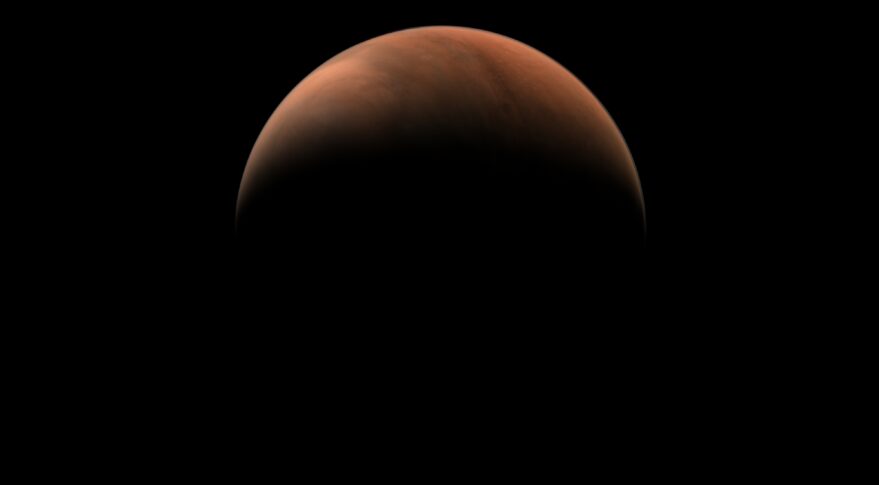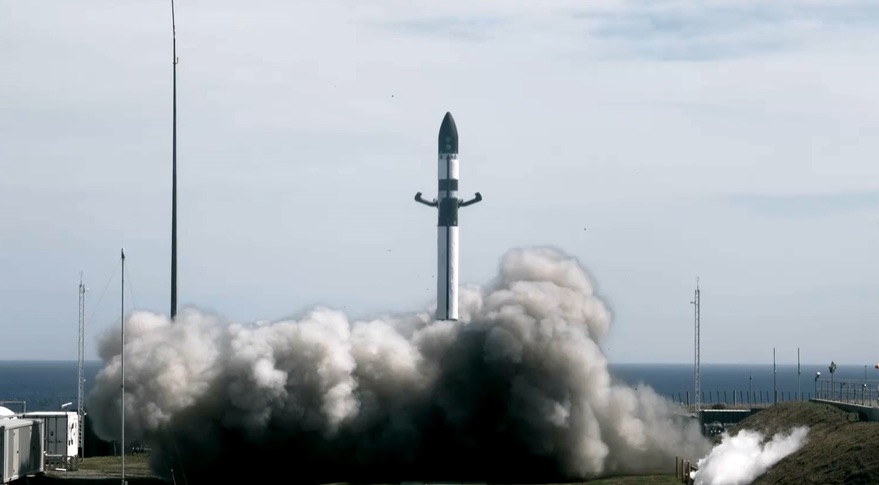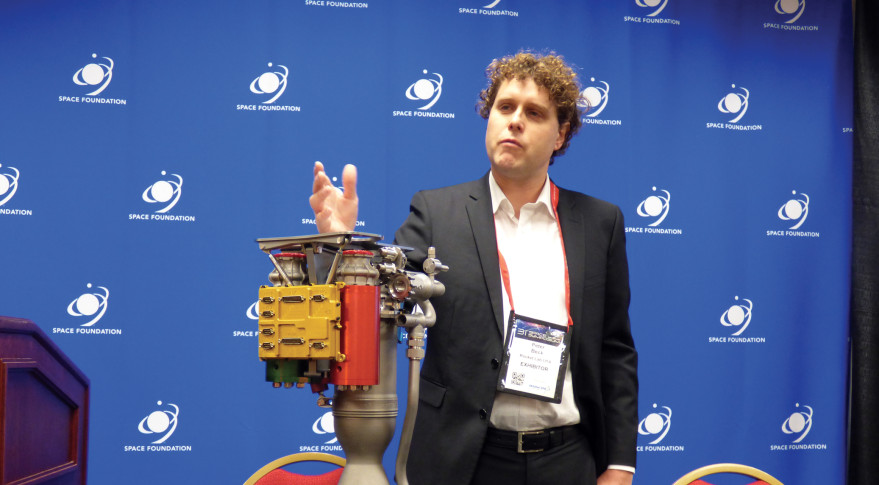China outlines space plans to 2025
HELSINKI — China’s space administration has outlined its priorities in space science, technology, applications and exploration for the coming years.
Lunar, interplanetary and near-Earth asteroid missions, space station construction, a national satellite internet project and developing heavy-lift launch vehicles and reusable space transportation systems are noted as major projects for the period 2021-2025.
China National Space Administration (CNSA) Secretary General Xu Hongliang laid out the main activities and focus of the country’s civilian space endeavors in a press conference June 12.
Boosting innovation, supporting economic and social development and engaging in international cooperation were noted as major objectives.
In lunar exploration the Chang’e-6 sample return and complex Chang’e-7 south pole mission are to be conducted during China’s “14th Five-Year Plan” period. Chang’e-8, to include in-situ resource utilization and 3D-printing technology tests, will follow. All missions will form part of the first phase of the International Lunar Research Station (ILRS) project with Russia.
CNSA is also looking to build on the recent success of the country’s first independent interplanetary expedition with the Tianwen-1 Mars orbiter and Zhurong rover. Development of a Mars sample return mission and a Jupiter probe for launches around 2028 and 2030 respectively are noted as follow-up projects.
“So far, our knowledge of the Jupiter system is very superficial, and the detections performed are also very limited,” said Zhang Rongqiao, chief designer of Tianwen-1.
“The Jupiter system offers a large number of opportunities for scientific discoveries.” One proposal for the mission includes a landing on the Galilean moon Callisto.
Zhang also stated that technology breakthroughs are needed for missions. “Everyone knows that, so far, no country in the world has been able to carry out a sample and return from Mars, because it is too technically difficult.” China performed a complex lunar sample return in late 2020 but Zhang noted that the challenges of launching samples from the surface Mars were different to that of the moon.

Launching around 2025 will be a near-Earth asteroid sample return mission to small body 469219 Kamo’oalewa. The mission was previously targeting a 2024 launch, with the secondary target following the delivery of samples to Earth last understood to be main-belt comet 311P/PANSTARRS.
Not mentioned are a pair of probes to launch for the head and tail of the heliosphere, which is however led by figures from the Chinese Academy of Sciences (CAS).
In human spaceflight China aims to complete the construction of its three-module space station by the end of 2022. The Tianhe core module launched late April and is currently hosting its first crew.
CNSA also aims to enhance satellite application capabilities over the next five years. Goals include improving national civil space infrastructure and supporting ground facilities and enhancing Earth observation, communication and broadcasting, and navigation and positioning capabilities, as well as promoting and supporting downstream applications and to boost economic development. China recently established a company to oversee development of a 13,000-satellite constellation for satellite internet.
Expanding international exchanges and cooperation is another major strand. Citing guiding principles of equality, mutual benefit, the peaceful use of outer space and inclusive development, Xu noted projects include the ILRS, a second Sino-Italian seismo-electromagnetic satellite, a follow-up to the China–Brazil Earth Resources Satellite (CBERS) program and the China-France SVOM astronomical X-ray space telescope.
The upcoming Chang’e and asteroid missions will also include international payloads. The future lunar, Mars and Jupiter missions will be opened to international cooperation, according to Xu.
Other cooperation activities promoting the construction of the “Belt and Road” spatial information corridor, the BRICS remote sensing satellite constellation and jointly responding to the common challenges of global climate change and dangers of near-Earth asteroids. The under-construction Wenchang International Aerospace City is expected to be developed as a hub for international scientific research, academic exchanges, exhibitions and training.
Details on launch vehicle technology were not offered, other than underlining its fundamental importance to progress in aforementioned missions. China’s government approved the development of separate super heavy-lift launchers in March for infrastructure and crewed flights. China’s main space contractor CASC is developing a first vertical takeoff, vertical landing launcher in the Long March 8 and working on a ‘reusable experimental spacecraft’ widely held to be a spaceplane.
China’s government is expected to publish a dedicated space white paper later in 2021. The document, published once every five years, will provide a longer, more detailed report on civil space activities from the past five years and those planned for 2021-2025.
The country’s growing military space infrastructure, including a large intelligence, surveillance and reconnaissance network and missile and electronic anti-satellite capabilities overseen by the People’s Liberation Army Strategic Support Force (PLASSF), will fall outside of the scope of the report.
-
Latest
 Rocket Lab kicks off busy year with NRO launch
Rocket Lab kicks off busy year with NRO launchRocket Lab successfully launched a classified payload for the National Reconnaissance Office Jan. 30 in the first of up to a dozen launches planned by the company this year.Rocket Lab’s Electron rocke...
-
Next
 Rocket Lab Unveils Battery-Powered, 3-D-Printed Rocket Engine
Rocket Lab Unveils Battery-Powered, 3-D-Printed Rocket EngineCOLORADO SPRINGS, Colo. — A U.S.-New Zealand company developing a small satellite launch vehicle said April 14 that it has completed development of the rocket’s main engine, one that makes use o...
Popular Articles
- Semiconductor Technologies
- Netflix’s next interactive show is Headspace's Mindfulness Experience
- Learn American Sign Language with 21 highly rated courses
- Keystone Light becomes a must-have wearable device in summer
- Ford received a pre-order for 100,000 F-150 Lightning in three weeks
- HASC to scrutinize Space Force budget: Satellites have to be ‘easier to defend’
